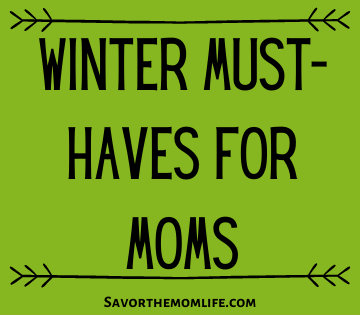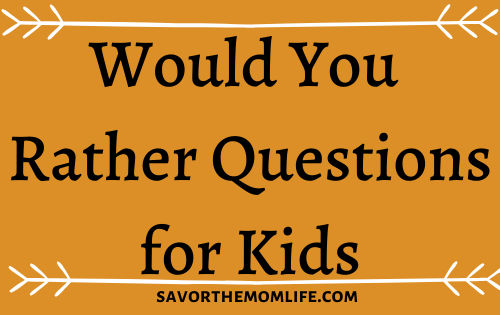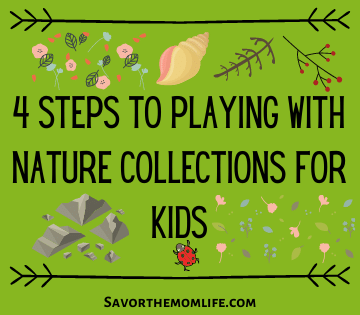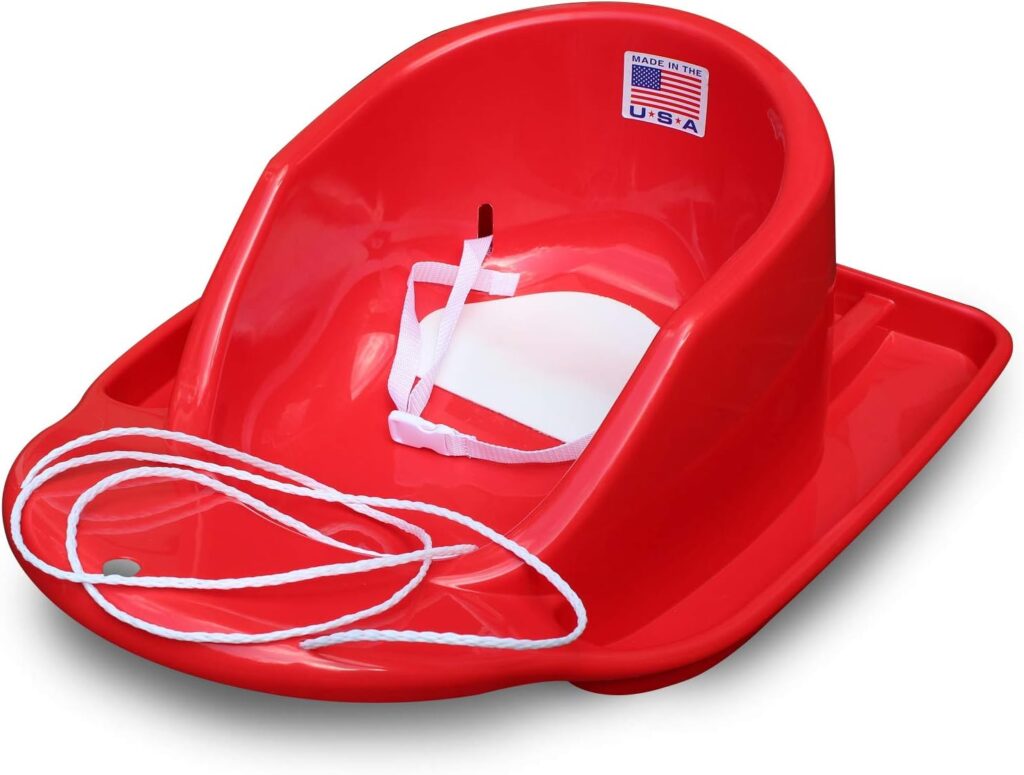Celebrating Winter Inchstones: Embracing the Season with Toddlers

Winter is a magical season filled with snowflakes, cozy moments, and opportunities for parents to create lasting memories with their toddlers. As the cold weather sets in, it’s the perfect time to celebrate the inchstones – those small yet significant milestones – that mark your little one’s growth and development. In this blog, we’ll explore a variety of wintertime inchstones parents can celebrate with their toddlers, turning the chilly season into a heartwarming journey of discovery. Celebrating Winter Inchstones with Toddlers can be fun!!!!
First Snowfall:
Witnessing the first snowfall is a magical experience for toddlers. Bundle up your little ones in warm layers, venture outdoors, and let them feel the soft snowflakes on their mittened hands. Capture the wonder in their eyes as they experience the beauty of winter for the first time.
Getting kids outside, even during colder weather, offers numerous benefits for their physical, mental, and emotional well-being. Here are some advantages:
Physical Health:
Strengthening Immune System: Exposure to cold weather can help build a child’s immune system, making them more resilient to illnesses. Vitamin D Absorption: Even in winter, exposure to natural sunlight helps children absorb essential vitamin D, crucial for bone health.
Emotional Well-being:
Reduced Stress and Anxiety: Outdoor play, even in the cold, has been linked to reduced stress and anxiety levels in children. Fresh air and natural surroundings have a calming effect. Improved Mood: Physical activity outdoors triggers the release of endorphins, enhancing mood and overall well-being.
Cognitive Development:
Enhanced Creativity: Outdoor play, especially in nature, stimulates creativity and imagination in children. They learn to explore and appreciate their surroundings. Problem-Solving Skills: Outdoor environments often present challenges that encourage children to develop problem-solving skills and critical thinking.
Physical Development:
Motor Skills Development: Playing in colder weather, whether it’s building a snowman or navigating icy patches, can enhance gross and fine motor skills. Balance and Coordination: Uneven surfaces and varied terrain outdoors contribute to the development of balance and coordination.
Social Skills:
Teamwork and Cooperation: Outdoor play encourages teamwork and cooperation, as children often engage in group activities, such as building snow forts or playing winter sports. Communication Skills: Interacting with peers in an unstructured outdoor environment helps children develop communication and negotiation skills.
Appreciation for Nature:
Environmental Awareness: Exposure to the outdoors fosters a connection with nature, promoting environmental awareness and a sense of responsibility towards the planet. Seasonal Understanding: Experiencing different seasons firsthand helps children understand and appreciate the natural world’s cyclical patterns.
Quality Family Time:
Bonding Opportunities: Outdoor activities in colder weather provide unique opportunities for families to bond over shared experiences, whether it’s sledding, building a snow fort, or taking a winter hike.
Resilience Building:
Adaptability: Exposing children to various weather conditions helps build adaptability and resilience. They learn to dress appropriately, face challenges, and adapt to changing environments.
Improved Sleep:
Regulated Sleep Patterns: Exposure to natural light and physical activity outdoors can contribute to more regulated sleep patterns, positively impacting a child’s overall sleep quality.
Encouraging outdoor play during colder weather not only promotes physical health but also contributes to holistic child development. With appropriate clothing and supervision, the benefits of outdoor activities can be enjoyed year-round.
Building the First Snowman:
Transform your backyard into a winter wonderland by building the first family snowman. Allow your toddler to participate in selecting accessories like a carrot for the nose or buttons for the eyes. This collaborative effort not only celebrates creativity but also strengthens the parent-child bond.

Here are some fun and creative ways to build a snowman:
Classic Snowman:
Start with three large snowballs, stacking them from largest to smallest to form the body. Use sticks for arms, rocks or coal for eyes and a mouth, and a carrot for the nose. Find a winter hat and scarf to complete the look.
Snow Animal Menagerie:
Get creative by making snow animals instead of a traditional snowman. Create a snowdog, snowcat, or even a snow turtle. Use twigs or small branches to form ears, tails, and other animal features.
Snow Family:
Instead of a single snowman, create an entire snow family. Vary the sizes of the snowballs for adults, children, and even pets. Personalize each family member with different accessories or features.
Snow Sculptures:
Go beyond the traditional snowman shape and sculpt various objects or characters. Create snow dinosaurs, cars, or your child’s favorite cartoon characters. Use different tools like shovels, buckets, and molds to shape the snow.
Snowman Orchestra:
Build a trio of snowmen holding different “instruments” made from household items. For example, one can hold a broom as a guitar, another a ladle as a microphone, and the third a wooden spoon as a drumstick.
Snowman Relay Race:
Create multiple smaller snowmen in a row, each with a number or color. Play a relay race game where kids have to run to a specific snowman and perform a task before moving on to the next one.
Snowman Dress-Up:
Collect a variety of accessories like hats, scarves, sunglasses, and even old clothing items. Allow kids to dress up the snowman with these accessories, creating a fashionable and unique look.
Snowman Obstacle Course:
Build a series of snowmen at different intervals, each with a challenge or task attached. Kids can jump over one, crawl under another, or toss a snowball through a hoop to complete the obstacle course.
Snowman Bowling:
Arrange snowmen like bowling pins and use a snowball as the bowling ball. Take turns rolling the snowball to knock down the snowmen.
Glowing Snowman:
Place battery-powered LED lights or glow sticks inside the snowman to create a glowing effect after dark. This is especially magical on a snowy winter night.
Remember to be mindful of the weather conditions and your surroundings while building snowmen. The possibilities are endless, so let your imagination run wild and enjoy the process of creating unique and memorable snow sculptures with your family and friends.
Winter Nature Walks:
Take gentle strolls through snow-covered parks or trails, encouraging your toddler to explore the winter wonderland around them. Point out animal tracks, icicles, and frost-kissed leaves, fostering a love for nature from a young age.
Winter Walk Scavenger Hunt for Toddlers:
1. Find Something Cold:
- Encourage your toddler to touch something cold, like snow or ice. How does it feel?
2. Spot a Snowflake:
- Look closely at the snowflakes falling around you. Can your toddler catch one on their tongue?
3. Discover Animal Tracks:
- Search for footprints or tracks left by animals in the snow. Can you identify any of them?
4. Find a Pinecone:
- Look for pinecones near evergreen trees. How many different shapes and sizes can you find?
5. Count Snowy Trees:
- Count the number of trees with snow on their branches. Can your toddler count them out loud?
6. Spy a Winter Bird:
- Keep an eye out for birds flying or perched on winter branches. What colors are the birds?
7. Locate a Rock:
- Find a rock that might be peeking out from the snow. How does it feel in your hands?
8. Listen for Crunchy Sounds:
- Walk on the snow and listen for the crunchy sound it makes under your feet.
9. Discover an Icicle:
- Spot an icicle hanging from a roof or a tree branch. What does it look like?
10. Touch a Frosty Leaf:
- Find a leaf covered in frost. How does it feel? Is it different from a regular leaf?
11. Explore Your Breath:
- Take a deep breath and exhale. Can your toddler see their breath in the cold air?
Bonus: Build a Mini Snowman:
- If there’s enough snow, build a tiny snowman together.

Hot Cocoa Moments:
Introduce your toddler to the joy of sipping hot cocoa after a chilly outdoor adventure. Make it a special ritual by adding whipped cream or marshmallows and sharing stories by the fireplace, creating a cozy atmosphere that warms both body and soul.
Toddler-Friendly Hot Cocoa Recipe
Ingredients:
- 2 cups whole milk (or a non-dairy alternative like almond milk)
- 2 tablespoons unsweetened cocoa powder
- 2 tablespoons pure maple syrup or honey (adjust to taste)
- 1/4 teaspoon pure vanilla extract
- A pinch of salt
Optional Toppings:
- Whipped cream (for toddlers over the age of 1)
- Mini marshmallows
- Cinnamon (for dusting)
Winter-themed Crafts and Early Learning Activities:
Engage your toddler in simple winter-themed crafts that enhance fine motor skills and creativity. From paper snowflakes to handprint penguins, these crafts provide opportunities for expression and messy play – a delightful way to celebrate the season.
Savor the Mom Life has many winter-themed crafts and early learning activities!
First Sledding Experience:
Celebrate the joy of sliding down a snowy hill for the first time. Whether it’s a small slope in your backyard or a local sledding hill, this thrilling activity allows your toddler to experience the exhilaration of wintertime fun.
Winter Solstice Celebration:
Mark the shortest day of the year with a family celebration. Create a special dinner, light candles, and share thoughts on the changing seasons. This can become a meaningful tradition that helps your toddler understand the cyclical nature of time.
Winter Solstice Storytime and Lantern Walk:
Materials Needed:
- Winter-themed Picture Books: Choose a selection of winter-themed picture books with engaging illustrations. Look for stories that celebrate the magic of winter and the return of longer days.
- Homemade Paper Lanterns: Create simple paper lanterns to use during the evening walk. You’ll need construction paper, glue, scissors, and markers.
- Tea Light Candles (Battery Operated): For safety, use battery-operated tea light candles instead of real candles for the lanterns.
This Winter Solstice tradition blends storytelling, crafting, and a gentle outdoor activity to engage toddlers in a meaningful way. It encourages a connection with nature and an appreciation for the changing seasons. Feel free to tailor the tradition to suit your family’s preferences and make it a cherished annual event.
Snowflake Artwork:
Explore the beauty of individuality by creating snowflake artwork. Using materials like paper, glue, and glitter, toddlers can express their uniqueness through these delicate winter symbols. Display their masterpieces proudly as a reminder of their artistic accomplishments.
Winter is a season of enchantment, and celebrating inchstones with your toddler can turn ordinary moments into cherished memories.
Embrace the cold weather, engage in creative activities, and relish the joy of wintertime inchstones that mark your child’s growth and development. These small celebrations not only create a sense of wonder but also strengthen the bonds of love and connection within your family.
You May Also Like

Winter Must-Haves for Moms
October 12, 2020
Would You Rather Questions for Kids
March 17, 2020





